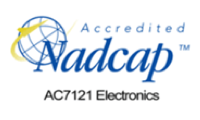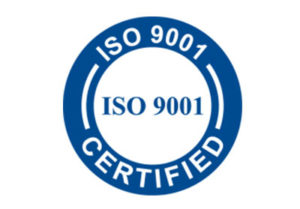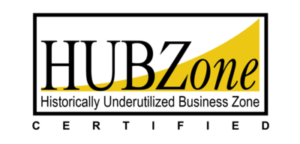Molding and insulation are both vital steps in protecting wire assemblies from wear and tear, allowing for a longer lasting and higher quality product. Cast molding, overmolding, and press molding are all techniques to protect the connections of a cable assembly, ensuring quality and extended use. These techniques all achieve slightly different results, while still meeting the ultimate objective: protection of components, creating dimensional parameters, and giving longevity to the product. A variety of materials are used in the insulation and molding process depending on the intended final use of the wiring product.
Cast molding uses a custom-designed mold to provide the wiring harness with specific dimensions. This allows the product to fit within the space and shape the customer requires. Similarly, press molding provides a specific, physical barrier, but can also be used to give substance to smaller wiring assemblies. When used in this way, the assembly is more robust and conducive to handling. It provides some strain relief between the electrical connector and cable bundle. Overmolding offers high levels of electrical protection for the cable assembly by providing a layer of insulation. This molding often covers slide or machine braiding as the final step of protection for the wiring. It provides an electrical barrier to the wire harness, while still orienting the connector and providing dimensional parameters.
Various types of molding will utilize different materials based on the needs of the specific assembly, depending on the design of the product as well as other factors, for example the environment in which a product will be required to perform. Viton, for example, is robust and chemical-resistant yet flexible, making it excellent for military applications such as rocket motors. Polyurethane is biologically resistant to environmental agents such as water and microorganisms, often used for molding in military, transit, and commercial applications. Epoxies are often utilized in cast molding due to their rigidity and durability, making an effective material for connectors and adding substance to an assembly.
Molding and insulation work together for the best possible protection and performance in a wiring harness. Liberty Electronics utilizes a variety of materials to ensure wire harnesses are produced to exact specifications and quality, meeting the needs of their clients.
What molding techniques do you find most useful? Leave a comment below or contact Liberty to talk more about molding.





